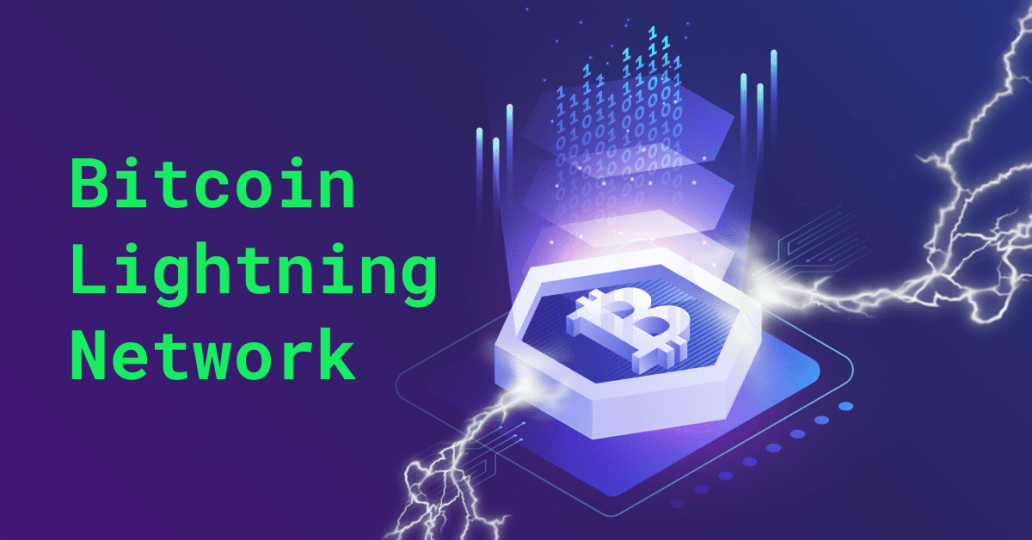The Lightning Network aims to make Bitcoin transactions as quick and cheap as possible. It’s part of a newer class of crypto technology known as “layer 2” blockchains. This can be looked at as HOV lanes on highways. The primary Bitcoin blockchain (“layer 1”) can move quicker by shifting certain transaction “traffic” to the Lightning Network’s “layer 2” blockchain.
Bitcoin Lightning Network use cases
1. Twitter users may give and receive Bitcoin “tips” using the Lightning Network. Many of Twitter’s 360 million monthly active users may transfer Bitcoin payments to other Twitter accounts immediately and for free using Strike, a Lightning Network-compatible payments tool.
In fact, Twitter isn’t the first creator-driven social site to use the Lightning Network; Substack has accepted BTC payments since late August.
2. El Salvador was the first country to make Bitcoin legal tender, in part to save Salvadorans $400 million in money transfer costs each year. Chivo, the government-created wallet, is Lightning-compatible and intended to facilitate smooth cross-border transfers. Chivo was routinely one of the top downloaded applications in El Salvador as of October.
3. Paxful, a peer-to-peer Bitcoin exchange that handles millions of dollars in Bitcoin transactions in emerging economies and claims to have 1.5 million members in Africa alone, has also just announced that it would support Lightning payments. This connection might enable millions of consumers to make quick and inexpensive Bitcoin payments.
Why is Bitcoin Lightning Network important?
In a whitepaper released in 2008 by Satoshi Nakamoto, he used the phrase “peer-to-peer electronic cash” to describe Bitcoin, implying that the cryptocurrency may one day become a popular means for people to pay for products and services online.
However, as Bitcoin’s value has risen over time, the narrative has evolved. We now consider Bitcoin to be more akin to “digital gold” — or an inflation-resistant strategy to accumulate wealth over time.
What caused this to occur? It’s partly due to the way the Bitcoin network is set up. Bitcoin enables two strangers to safely transfer or receive money without the need for a credit card provider or payment processor to intervene.
It does this through the use of a decentralized network of computers located all over the world, all of which must reach a consensus (or agree) on the present state of Bitcoin’s digital ledger. Mining, which may be a time-consuming activity, was Nakamoto’s answer to this problem.
The Lightning Network was created in part to assist Bitcoin in functioning more like the digital currency Satoshi Nakamoto envisioned. It executes transactions “off-chain” significantly faster and more cheaply than Bitcoin’s primary network, with fees often in the fractions of a penny. Lightning transactions consume less energy than main network transactions.
While the primary Bitcoin network (layer 1) can normally process less than 10 transactions per second, the Lightning Network (layer 2) can theoretically handle millions.
How does Bitcoin Lightning Network work?
Smart contracts are used by the Lightning Network to provide off-chain payment channels between users. Once these payment channels are created, funds may be transmitted almost instantaneously between them.
The network cleverly avoids the requirement to generate pairings between all users. For example, if User A has a channel with User B but not with User C, funds can still be freely moved between all networked participants. Lightning addresses resemble traditional Bitcoin addresses, and the payment mechanism for users is extremely similar.
Users can stop their payment channels and settle their final balances on the main blockchain at any moment.
Because only payment channel openings and closings are recorded on the main blockchain, the whole Bitcoin network may move quicker. Furthermore, while layer 1 transactions all appear on a public and visible record, Lightning Network transactions can be more private than those done on the main blockchain.
How to get started on the Lightning Network
To use the Lightning Network, you must first transfer some BTC (for example, from your Coinbase account) to a Lightning-compatible wallet. There are several options. Wallets that are both “custodial” and “non-custodial” are popular solutions. Here’s the distinction:
1. Custodial wallets: Strike, Blue Wallet, and Wallet of Satoshi are examples of custodial wallets. These are useful for beginners since they make sending and receiving crypto easier by managing your private keys. For example, if you forget your password, you will be able to reset it.
2. Non-custodial wallets: Muun, Breez, Phoenix, and Zap are among the options. These wallets are user-controlled and popular among more experienced traders because nobody has access to your private keys but you. You may lose access to your cash if you lose or damage your wallet or forget your password. So make sure you understand how to backup and restore any wallet you choose.


